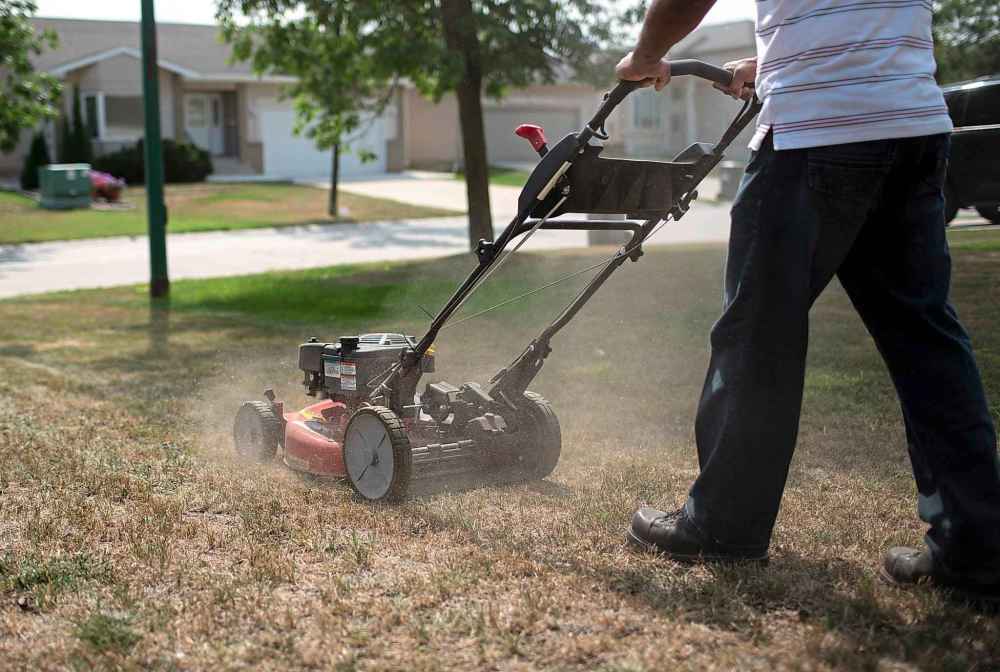Record-setting dry spell for Winnipeg
Advertisement
Read this article for free:
or
Already have an account? Log in here »
To continue reading, please subscribe:
Monthly Digital Subscription
$1 per week for 24 weeks*
- Enjoy unlimited reading on winnipegfreepress.com
- Read the E-Edition, our digital replica newspaper
- Access News Break, our award-winning app
- Play interactive puzzles
*Billed as $4.00 plus GST every four weeks. After 24 weeks, price increases to the regular rate of $19.00 plus GST every four weeks. Offer available to new and qualified returning subscribers only. Cancel any time.
Monthly Digital Subscription
$4.75/week*
- Enjoy unlimited reading on winnipegfreepress.com
- Read the E-Edition, our digital replica newspaper
- Access News Break, our award-winning app
- Play interactive puzzles
*Billed as $19 plus GST every four weeks. Cancel any time.
To continue reading, please subscribe:
Add Free Press access to your Brandon Sun subscription for only an additional
$1 for the first 4 weeks*
*Your next subscription payment will increase by $1.00 and you will be charged $16.99 plus GST for four weeks. After four weeks, your payment will increase to $23.99 plus GST every four weeks.
Read unlimited articles for free today:
or
Already have an account? Log in here »
Hey there, time traveller!
This article was published 03/07/2019 (2298 days ago), so information in it may no longer be current.
Winnipeg has recorded its driest first half of a year on record.
In the first six months of 2019, the city had received only 91 millimetres of precipitation, according to data from meteorology firm Weatherlogics.
The new record comes in 15.5-mm lower than the previous bar set in 1900, when Winnipeg received 106.5 mm of precipitation by the end of June. The three next-driest January-June periods recorded in the city are 114.4 mm in 1961, 117.2 mm in 1980, and 119.2 mm in 1917.


!function(e,t,s,i){var n=”InfogramEmbeds”,o=e.getElementsByTagName(“script”)[0],d=/^http:/.test(e.location)?”http:”:”https:”;if(/^/{2}/.test(i)&&(i=d+i),window[n]&&window[n].initialized)window[n].process&&window[n].process();else if(!e.getElementById(s)){var r=e.createElement(“script”);r.async=1,r.id=s,r.src=i,o.parentNode.insertBefore(r,o)}}(document,0,”infogram-async”,”https://e.infogram.com/js/dist/embed-loader-min.js”);
The numbers have been confirmed by Environment and Climate Change Canada, though there are slight fluctuations due to rounding, said warning-preparedness meteorologist Natalie Hasell.
Hasell said the numbers show huge differences between the average expected amounts and how much rain the city is actually getting — Winnipeg, on average, receives 234.4 mm of precipitation by this point in a year.
For example, January 2019’s mark was 5.5 mm, though that month’s average precipitation is 19.9 mm. February was normal (13.6 mm in 2019, 13.8 average), but things took a turn in March, when only 0.2 mm of precipitation was recorded, compared to the average of 24 mm.
“The numbers kind of speak for themselves,” Hasell said Wednesday.
The city continued to dry up over the last three months: in April, 18.4 mm fell, compared to the average of 30 mm; in May, there was 28.2 mm, compared to an average of 56.7 mm; and in June, the city got 25 mm of rainfall, compared to an average of 90 mm.

!function(e,t,s,i){var n=”InfogramEmbeds”,o=e.getElementsByTagName(“script”)[0],d=/^http:/.test(e.location)?”http:”:”https:”;if(/^/{2}/.test(i)&&(i=d+i),window[n]&&window[n].initialized)window[n].process&&window[n].process();else if(!e.getElementById(s)){var r=e.createElement(“script”);r.async=1,r.id=s,r.src=i,o.parentNode.insertBefore(r,o)}}(document,0,”infogram-async”,”https://e.infogram.com/js/dist/embed-loader-min.js”);
Craig Riese, a director of Keystone Agricultural Producers, said he’s seeing firsthand what such dry conditions can mean for Manitoba farmers.
“We’re already looking at reduced yields,” said Riese, who has a wheat, corn, canola and soybean farm at Lockport. “Our crops are struggling a little bit from the lack of moisture right now, but things are just going to continue to get worse if we don’t get any rain.
“The impact is probably going to result in less income for my business,” he added. “We probably won’t produce as big a crop. The saying is, ‘Rain makes grain.’”
The dry conditions can also have serious safety implications, said Hasell.
“We are very much in forest fire season,” she said. “The fact that it is so dry has a direct line to an increased risk of forest fires.”
And while the dry conditions mean thunderstorms may not grow as large, it doesn’t mean the risk of lightning sparking wildfires is lower, she said.
“Lightning is the main cause of forest fires at this time of year,” said Hasell. “They can still set off sparks, so the lightning strikes could occur where it is already dry, and where they then won’t get a whole lot of precipitation.”
caitlyn.gowriluk@freepress.mb.ca

